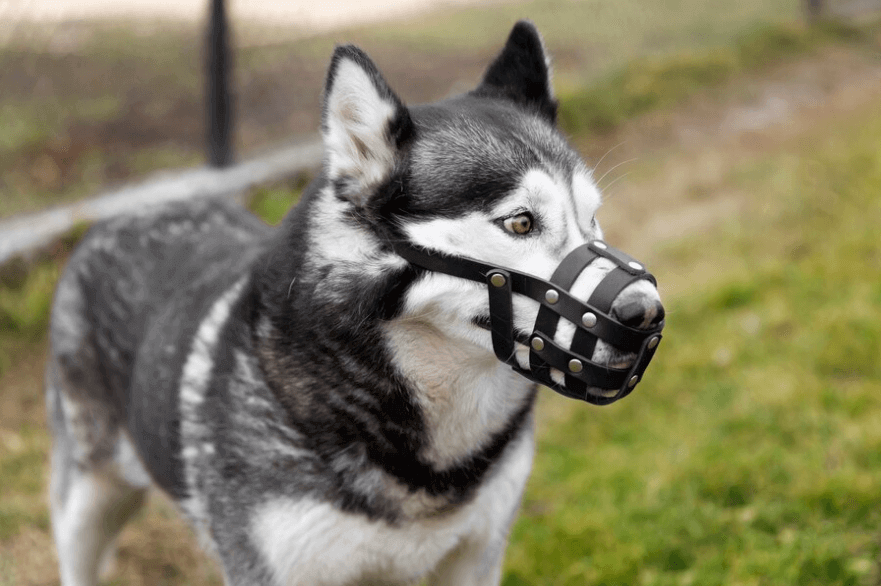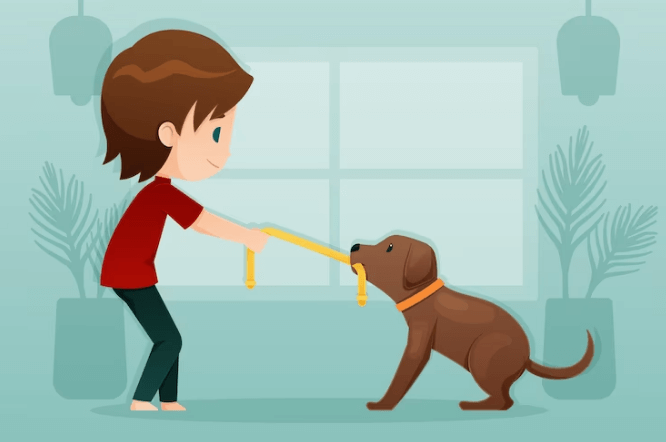Introduction:
In the realm of dog training, the use of shock collars has sparked intense debates among trainers, pet owners, and animal welfare advocates. The quest for effective training tools has led many to explore the world of shock collars, with a particular focus on the strongest variants available in the market. This article aims to delve into the controversial topic of the strongest dog shock collars, examining their pros, cons, and the ethical considerations surrounding their use.
I. Understanding Dog Shock Collars:
A. How do Shock Collars Work?
Dog shock collars, also known as electronic collars or e-collars, operate by delivering an electric stimulus to the dog’s neck when triggered. The idea is to associate undesirable behaviors with the uncomfortable sensation, discouraging the dog from repeating them. While various types of shock collars exist, the focus here will be on those recognized for their strength.
B. Different Types of Shock Collars:
- Static Shock Collars:
- Deliver a mild to intense static electric shock.
- Intensity levels can be adjusted based on the dog’s size and behavior.
- Spray Collars:
- Emit a burst of citronella or other unpleasant scents when triggered.
- Vibration Collars:
- Provide a vibrating sensation as a deterrent.
II. Pros and Cons of Strong Shock Collars:
A. Pros:
- Effective Training Tool:
- Strong shock collars, when used appropriately, can be effective in curbing unwanted behaviors.
- Rapid correction helps the dog associate the behavior with the consequence.
- Quick Results:
- The immediate feedback from a strong shock can accelerate the learning process.
- Remote Training Capability:
- Some models come with remote control, allowing trainers to correct behavior from a distance.
B. Cons:
- Risk of Overcorrection:
- The strength of the shock may lead to overcorrection, causing fear, anxiety, or aggression in the dog.
- Potential for Abuse:
- In the wrong hands, strong shock collars can be misused, causing harm to the dog and undermining the training process.
- Negative Impact on the Human-Animal Bond:
- Excessive use of shock collars may strain the relationship between the owner and the dog, as trust can be eroded.
III. Ethical Considerations:
A. Pain and Discomfort:
- Critics argue that using strong shock collars inflicts unnecessary pain and discomfort on dogs, raising ethical concerns.
B. Alternative Training Methods:
- Positive reinforcement and reward-based training are considered more humane alternatives to shock collars.
C. Individual Sensitivity:
- Dogs vary in sensitivity, and what may be a mild correction for one dog can be excessively harsh for another.
IV. Choosing the Right Shock Collar:
A. Consider Dog’s Size and Temperament:
- The strength of the shock should be appropriate for the dog’s size and temperament.
B. Research Brands and Models:
- Thoroughly research different brands and models to ensure the shock collar is reliable, safe, and adjustable.
C. Consult with Professionals:
- Seek guidance from professional trainers or veterinarians to determine if a shock collar is suitable for your dog’s specific needs.
V. Responsible Use and Training Techniques:
A. Proper Training Protocols:
- Implement proper training protocols alongside shock collar use to reinforce positive behaviors.
B. Gradual Introduction:
- Introduce the shock collar gradually, allowing the dog to acclimate to the sensation.
C. Regular Assessment:
- Regularly assess the dog’s response and adjust the shock intensity accordingly.
VI. Case Studies and Success Stories:
A. Success Stories:
- Share real-life success stories of dogs whose behaviors were positively modified with the use of strong shock collars.
B. Cautionary Tales:
- Highlight cautionary tales to underscore the importance of responsible use and potential consequences of misuse.
Conclusion:
In conclusion, the debate surrounding the use of the strongest dog shock collars continues to be a hot topic in the world of dog training. While these tools can be effective when used responsibly, the potential for misuse and the ethical concerns associated with their use should not be overlooked. Pet owners must weigh the pros and cons, considering alternative training methods and consulting with professionals to ensure the well-being of their furry companions. Striking a balance between effective training and ethical considerations is crucial for fostering a positive and trusting relationship between dogs and their owners



